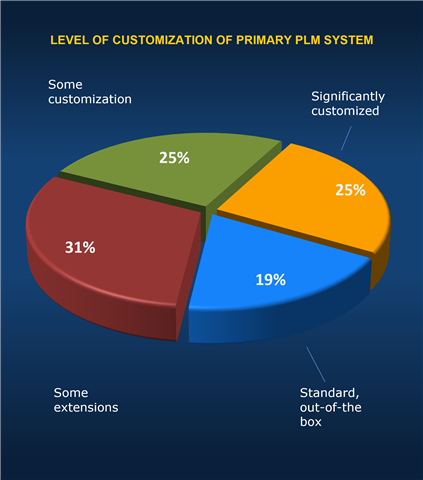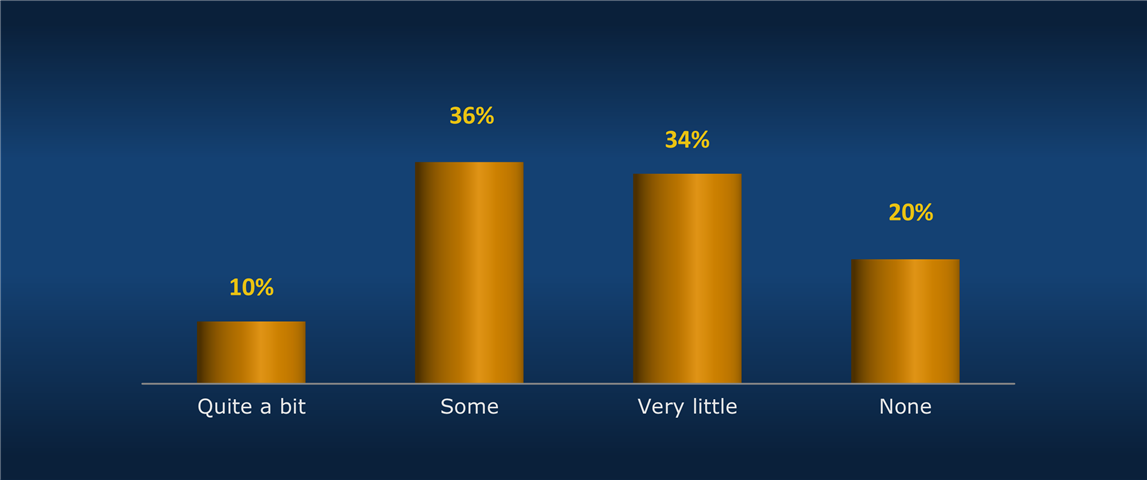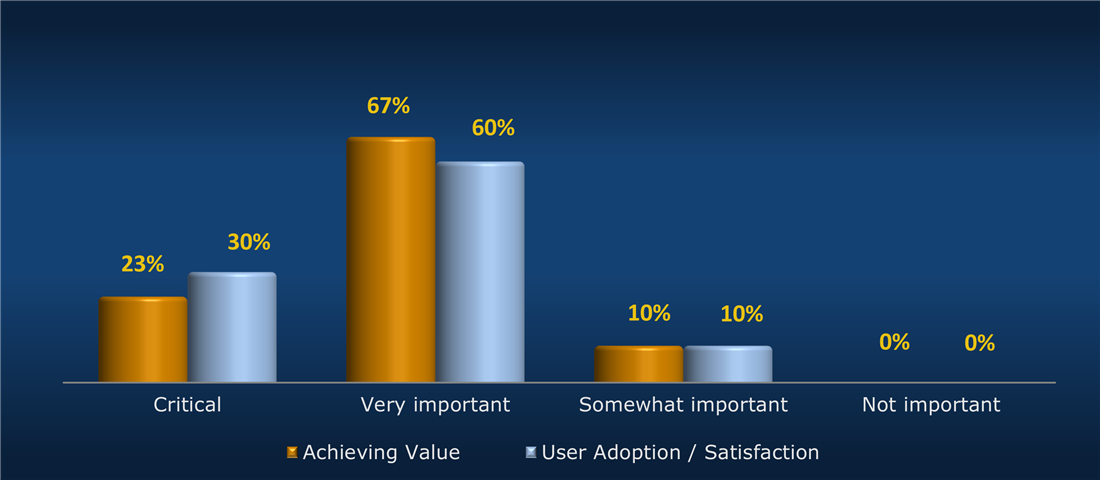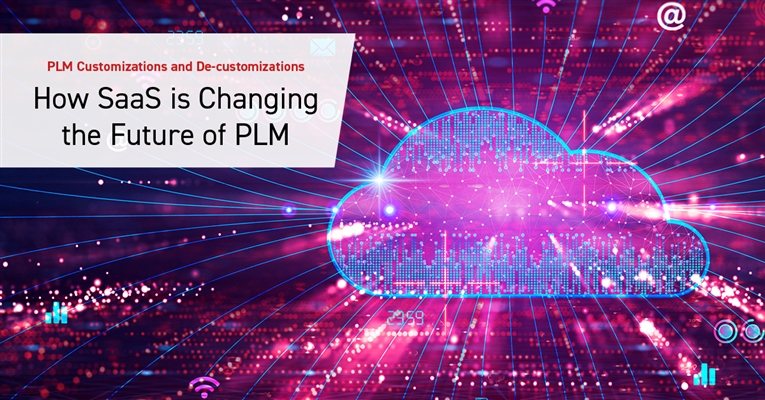In a perfect world, companies could implement software (even complex, enterprise-scale solutions), turn it over to users quickly, and start benefiting from the system’s functionality. Reality is rarely so kind. Organizations, huge ones, have their unique processes in place, and they are not always based on the same industry best practices as a vendor’s solution. These functionality gaps can be resolved in several ways. The company can:
- Change their existing processes to adopt the out-of-the-box (OOTB) functionality.
- Establish manual workarounds of the system for the users to follow.
- Create a new technical solution outside the new software and interface the information back and forth.
- Customize the new software.
Unfortunately, these approaches often create long-term problems in the form of data quality issues, decreased user productivity, or increased complexity to maintain all involved systems. We are going to take a look at the “customize the software” option in today’s blog.
The impact of customizing your PLM
A common approach to quickly fulfill a company’s unique business requirements is for programmers to customize their new system. This involves changing the vendor’s business logic or even developing entirely new functionality right in the vendor’s code base. Customizing a system is not necessarily an issue if the solution has been designed to be customizable through low-code capabilities and the use of flexible platform services. With these capabilities, the solution can support the organization’s customizations without impacting the system’s ability to implement future upgrades.
Unfortunately, few PLM solutions, especially those designed decades ago, are built to handle customizations effectively, and the results are often painful. In these cases, the amount of technical debt continually increases, leaving inefficient or non-strategic code in place. This increases the overall maintenance of the system and leads to drastic increases in time and effort needed to execute upgrades to keep the system up to date with their vendor’s new functionality. A very interesting analysis of the impact of customizations and how they affect various PLM solution’s ability to stay current with upgrades can be found in the CIMdata analyst report, “Deferred PLM Modernization Delays Time to Value.”
Another study by Tech-Clarity confirmed the same impacts. As Jim Brown concluded in “The State of Cloud PLM 2022,” “The potential negative impacts of system customization are well known. Modifying software systems is frequently cited as the reason that companies find it difficult, or impossible, to upgrade their PLM system. Many can’t overcome the ‘technical debt’ of reapplying modifications because their solution is not designed to accommodate customizations and maintain upgradability.“
Regardless of the risks of customizations, IT departments continue to use this technique for a vast majority of their functionality gaps when their PLM solution does not offer a better approach. Tech-Clarity’s research (below) shows fewer than one out of five primary PLM solutions can be implemented without some level of customization or extensions.

From “The State of Cloud PLM 2022,” Tech-Clarity
PLM customizations and SaaS
Along with the rest of the software industry, PLM software providers and customers are looking to leverage the benefits of the cloud. With the cost and complexity of managing a typical highly secure, global PLM deployment, companies are also interested in SaaS offerings to take advantage of their provider’s technical expertise. This has created an interesting issue for PLM software providers playing in the SaaS market.
How can PLM providers support years of customizations in a SaaS offering while simultaneously standardizing their applications to take advantage of the SaaS business model?
Well, it seems most of the largest PLM providers are punting the ball (yes, it’s football season). We have seen the phrase “de-customize the applications” increasingly thrown around by some PLM providers when their customers want to move to the SaaS offering. It seems the prerequisite for moving forward is for customers to go backward. The “solution” often is to remove the existing customizations and adopt OOTB functionality or one of the other options listed at the beginning of this blog. Of course, if it were possible to work with OOTB, PLM owners would have done it from the beginning. What makes “de-customization” unrealistic is that many of the customizations reflect the uniqueness of their customers, providing a competitive advantage in their industry. Why would a company want to throw away years of customizations when it may be the most valuable part of their entire system?
The data points below really drive the point home. Tech-Clarity’s survey results shared in the webinar, Let Business Value Drive Cloud PLM Transition, show companies sending a clear message to PLM providers that “going backward” on the level of functionality is not an option for migrating to the cloud. They also strongly state that keeping their ability to customize is mandatory as a critical enabler to their digital transformations.
Willingness to Trade Functionality for Cloud Benefits

Importance of PLM Customizations

As the cloud changes PLM solutions, Aras continues to lead
For over twenty years, Aras has been delivering a flexible, low-code PLM platform that supports unlimited customizations. With the same functionality and capabilities of the on-premises deployment, the SaaS deployment continues to ensure that all of the customer’s unique functionality will be available after the standard upgrade process. Customers will stay updated with Aras’ roadmap while maintaining valuable customizations. This is the only way to ensure the value of a PLM solution will continue to increase as the solution grows and becomes more complex. CIMdata calls Aras Enterprise SaaS a “Generation 2 Leader.”
“Aras Enterprise SaaS is a SaaS PLM solution that meets and exceeds CIMdata’s Gen 2 definition. It offers full PLM functionality, suitable for companies with complex products and a high design content. The solution is fully configurable with no limits on the applications that can be developed or the underlying data model.”
Find out more
To learn more about the Aras SaaS offering or how business drivers are helping businesses justify the move to the cloud, read CIMdata’s commentary, “Aras Enterprise SaaS: A Gen 2 Leader,” or watch the recent Tech-Clarity webinar “Let Business Value Drive Cloud PLM Transition.“

